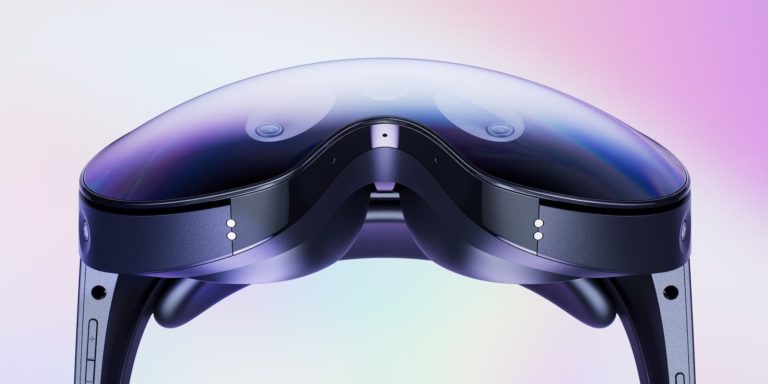
Like many analyst firms, market sizing is one of the ongoing practices of AR Insider’s research arm ARtillery Intelligence. A few times per year, it goes into isolation and buries itself deep in financial modeling. One such exercise recently examined the full spatial spectrum.
By that, we mean the main tentpoles of XR: mobile AR, headworn AR, and VR. These each get their own standalone forecasts, but are also assembled together once per year for a holistic view. We don’t do market sizing around the m-word because, well, it doesn’t exist yet.
So what did this forecast uncover? At a high level, global XR revenue is projected to grow from $15.7 billion in 2021 to $73.1 billion in 2026. This steep growth is driven by the collective revenue generation around several markets, and the projected outer-year inflections in headworn AR.
Drilling down, our latest Behind the Numbers installment looks at the forecast’s outlook for XR device unit sales. What are annual sales and installed base projections (different but related figures)? And which device classes are leading the way, today and in outer years?
In Perspective
Starting at the top, AR and VR unit sales are collectively projected to grow from 10.01 million in 2021 to 22.11 million in 2026. That correlates to an installed base of 51.66 million units in-market by 2026. This is somewhat-healthy growth, driven by accelerated adoption in outer years.
But any such headwinds should be put into perspective by comparing AR & VR’s collective installed base to other ubiquitous benchmarks like, say, smartphones. There, 3.2 billion+ global smartphones dwarf AR & VR’s current installed base by about 100-1. So this will be a high climb.
As for the biggest drivers today, VR leads with the majority of the above-estimated unit sales. Specifically, it accounts for 9.68 million unit sales in 2021, growing to 17.3 million by 2026. This is owed to its state of maturity versus headworn AR… though it still faces challenges.
Breaking VR down further, the majority of sales are to consumers, driven by entertainment and gaming – though use cases will diversify over time. Enterprise trails as VR’s occluded state diminishes safety and situational awareness – however, it does shine in immersive training.
Meanwhile, Meta drives all the above with massive investments in content and loss-leader hardware pricing. Results include continued VR market share gains; and Quest 3, which should jolt recent quarterly sales declines with renewed VR interest and accelerated replacement cycles.
Lift All Boats
Moving on to AR, the story is inverted. It accounts for a much lower share of the XR device total with 330,000 units sold in 2021, growing to 4.81 million in 2026. That’s steep growth because it starts from a diminished base/denominator, while inflections are projected in outer years.
One reason for that projected acceleration is the trailing impact of Apple Vision Pro. Though its price tag and other factors are demand-constraining, growth could pick up in outer years as price comes down and Apple’s “lift-all-boats” halo effect stimulates broader AR demand.
As a side note, one question that often arises is where to classify Vision Pro given its mixed-reality orientation and VR-like form factor. Despite that, AR is its primary use case – seen in factors such as passthrough cameras that are activated by default when the device is turned on.
But it’s not just about Apple. Meta looms with increasingly capable smart glasses, which represent a form of “lite AR,” whose value lies in AI-driven smart functions that could define the nearer-term market. Meanwhile, Magic Leap looms at the higher end with a notable turnaround.
Speaking of which, enterprise sales dominate AR (the opposite of VR). This is mostly due to clearer enterprise ROI and AR glasses’ style crimes in their current form. But those shares could flip in the long term due to consumer population sizes and gradual erosion to cultural deterrents.
We’ll pause there and circle back in the next installment with more details and drill-downs of XR market projections…






